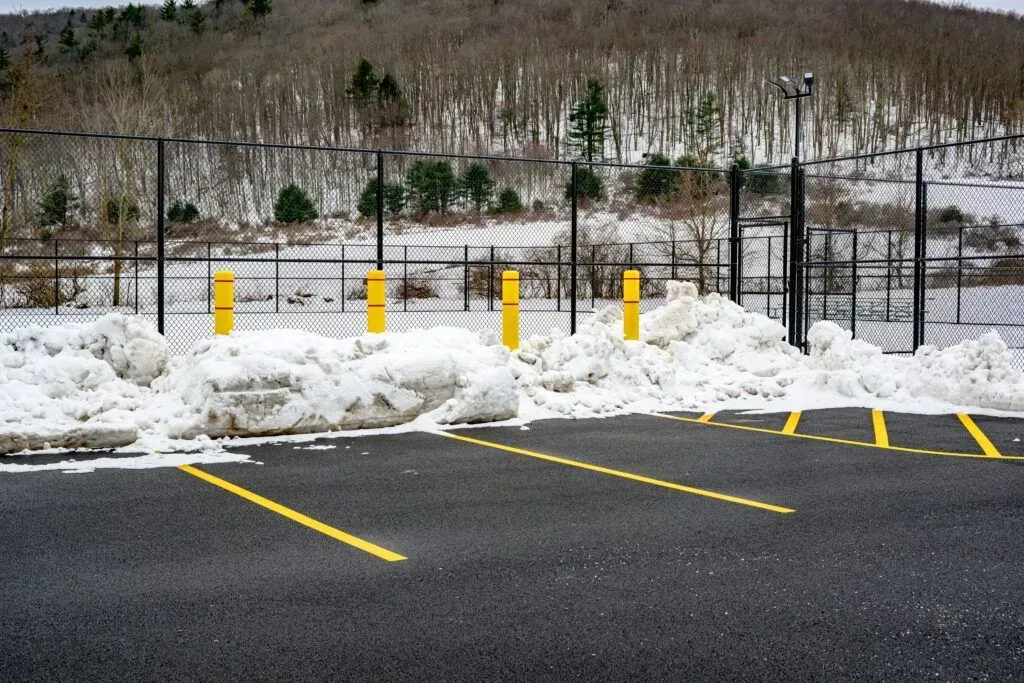What Property Owners Need to Know About Accessible Pavement
When it comes to commercial property management, few topics are as important (or as legally binding) as ADA compliance for accessible pavement.
The Americans with Disabilities Act (ADA) sets the standard for making public spaces accessible to everyone, regardless of ability.
For property owners, understanding and implementing these requirements isn’t just about avoiding fines; it’s about creating a welcoming, inclusive environment for all visitors and tenants.
Why ADA Compliance Matters
ADA compliance is more than a checkbox on your to-do list. It’s a commitment to accessibility, safety, and equal opportunity.
Non-compliance can result in hefty fines (up to $75,000 for a first violation and $150,000 for subsequent ones), lawsuits, and reputational damage.
Beyond the legal risks, accessible pavement ensures that everyone, customers, employees, and guests, can safely and comfortably access your property. In essence, it's just a good practice for everyone involved.
Key Areas of ADA-Compliant Pavement
Accessible Parking Spaces
Number of Spaces
The ADA requires a minimum number of accessible parking spaces based on the total capacity of your lot.
For example, lots with 1–25 spaces need at least one accessible spot; larger lots require more, with at least one van-accessible space for every six accessible spots.
Dimensions
Standard accessible spaces must be
at least 96 inches wide with a
60-inch access aisle. Van-accessible spaces require either a wider aisle or a space with at
least 98 inches of vertical clearance.
Signage
Each accessible space must have
clear, visible signage with the international symbol of accessibility, mounted at a height of at
least 60 inches above the ground.
Surface and Slope
Surfaces must be firm, stable, slip-resistant, and have a slope no steeper than 1:48 (about 2%) in any direction.

Accessible Routes and Sidewalks
- Width and Slope: Accessible routes (sidewalks, walkways) must be at least 36 inches wide, with running slopes no steeper than 1:20 and cross slopes no steeper than 1:48.
- Surface Quality: Surfaces must be smooth, stable, and free of cracks, abrupt changes in level, or loose debris. Even minor trip hazards can trigger violations or complaints.
- Curb Ramps: Where walkways meet parking lots or streets, curb ramps must be installed to ensure accessibility. These ramps should be at least 36 inches wide, with tactile warning surfaces and gentle slopes for easy navigation.
Path of Travel
- Continuity: The path from accessible parking to building entrances must be continuous, unobstructed, and clearly marked. This includes transitions between different paving materials (such as asphalt to concrete) and any changes in elevation.
- Obstructions: Avoid placing benches, planters, or signage in a way that narrows or blocks accessible routes.
What’s New in ADA Compliance?
Recent updates to ADA standards emphasize clarity, maintenance, and enforcement.
- Stricter enforcement of slope tolerances and signage visibility
- Clarified requirements for transition points and surface materials
- A greater focus on ongoing maintenance, rather than just the initial design of the lot. Cracked pavement, faded striping, or worn signage can now trigger violations, even if the original installation was compliant with the standards at the time.
- Technology-driven enforcement: Mobile apps and online reporting tools make it easier for the public to report non-compliance, increasing the risk of surprise inspections.

Best Practices for Property Owners
- Schedule Regular Audits: Have a professional inspect your property for ADA compliance, especially after repairs, resurfacing, or renovations.
- Prioritize Maintenance: Address cracks, potholes, faded paint, and damaged signs promptly to ensure the safety and appearance of your property.
- Stay Informed: ADA standards can (and are subject to) change. Subscribe to updates from the U.S. Access Board or consult with an ADA specialist to ensure you’re following the latest rules.
- Document Everything: Keep records of inspections, repairs, and upgrades. This documentation can be invaluable if your compliance is ever challenged.
- Educate Your Team: Make sure property managers and maintenance staff understand ADA requirements and know how to spot potential issues.
The Cost of Non-Compliance
Ignoring ADA requirements can be costly. Beyond fines and legal fees, you risk alienating tenants, losing customers, and damaging your reputation.
Proactive compliance, on the other hand, demonstrates your commitment to inclusivity and can even enhance your property’s value and appeal.
Give Leritz Bust Bee Paving a Call
ADA compliance for accessible pavement isn’t just a legal obligation, but rather a smart business practice and reflection of your values as a property owner.
By understanding the requirements, staying proactive with maintenance, and seeking expert guidance when needed, you can ensure your property is accessible, welcoming, and protected from costly penalties.
Contact Leritz Busy Bee today to discuss your next paving project. Let’s make your property safer and more welcoming for everyone!







